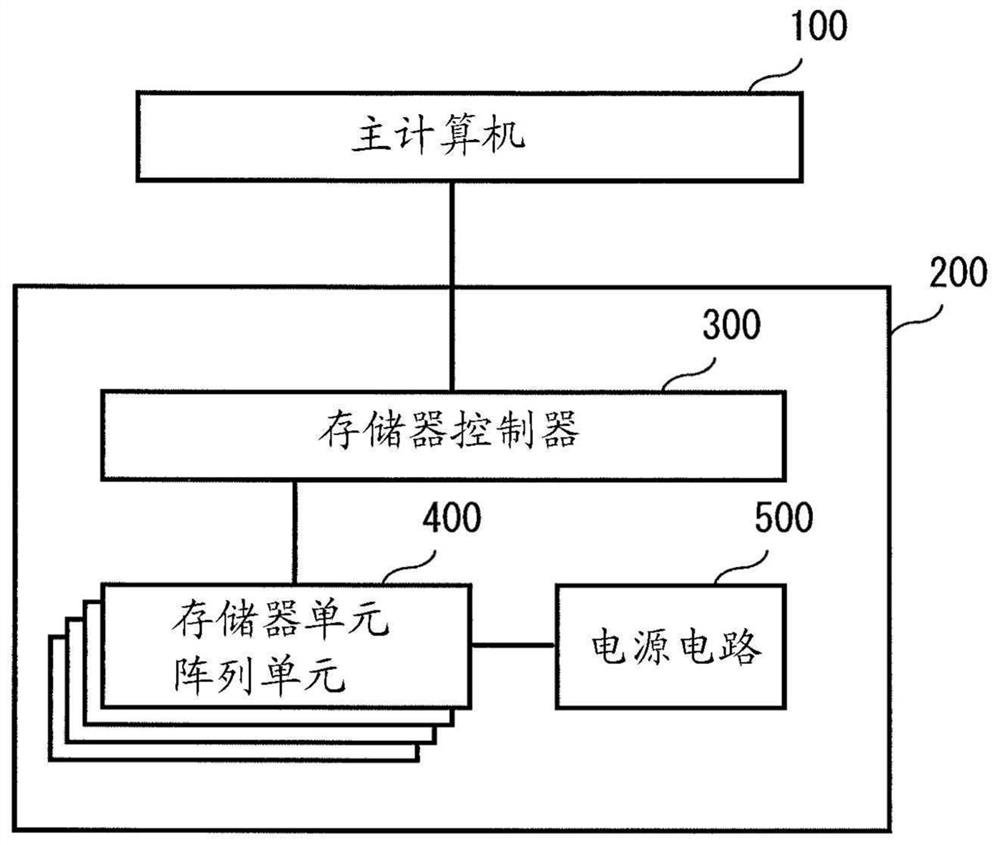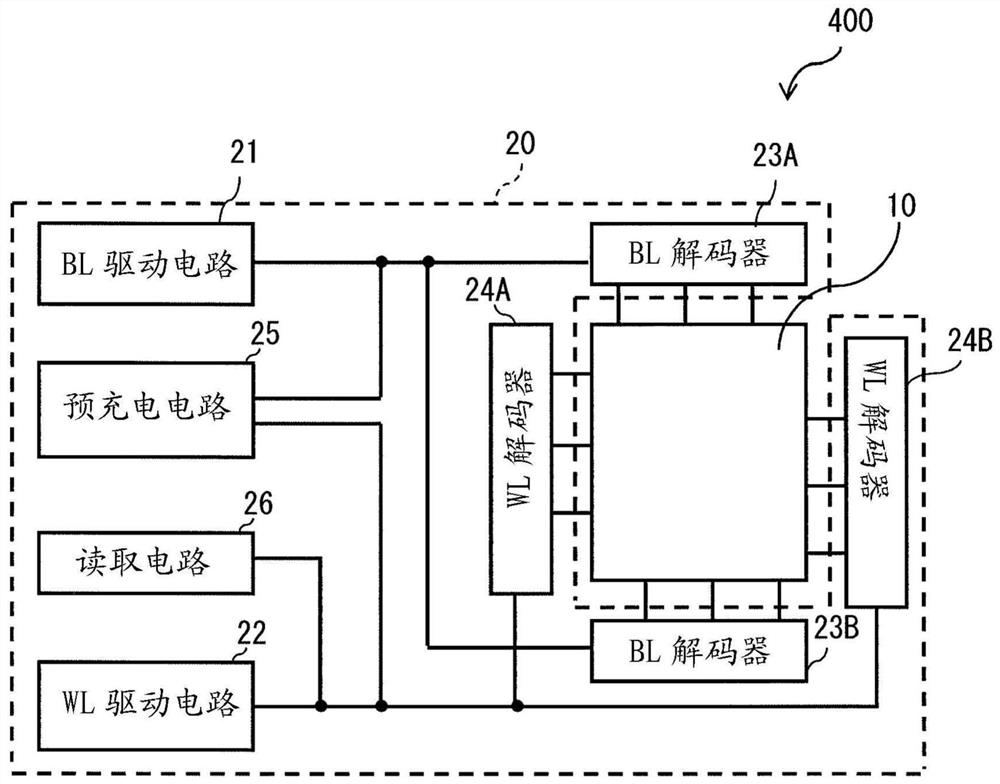Memory device, memory system and memory control method
A technology of a memory system and a memory unit, which is applied in static memory, digital memory information, information storage, etc., and can solve the problems of increased floor area and difficult expansion of capacity
- Summary
- Abstract
- Description
- Claims
- Application Information
AI Technical Summary
Problems solved by technology
Method used
Image
Examples
Embodiment Construction
[0053] Hereinafter, some embodiments of the present disclosure are described in detail with reference to the accompanying drawings. Note that descriptions are made in the following order.
[0054] 1. Example
[0055] Examples including arrays of memory cells arranged in stacks ( Figure 1 to Figure 19 )
[0056] 2. Modification example
[0057] Modification A: Example where precharge is omitted ( Figure 21 to Figure 25 )
[0058] Modification B: Example of performing precharge when writing fails ( Figure 26 )
[0059] Modification C: Example of performing precharge according to the write position ( Figure 27 )
[0060] Modification D: Modification of the precharge circuit ( Figure 28 to Figure 30 )
[0061] Modification E: An example including a memory cell array in a single-layer arrangement ( Figure 31 and Figure 32 )
[0062] [1. Example]
[0063] [structure]
[0064] figure 1 One example of functional blocks of an information processing system accordi...
PUM
 Login to View More
Login to View More Abstract
Description
Claims
Application Information
 Login to View More
Login to View More - R&D
- Intellectual Property
- Life Sciences
- Materials
- Tech Scout
- Unparalleled Data Quality
- Higher Quality Content
- 60% Fewer Hallucinations
Browse by: Latest US Patents, China's latest patents, Technical Efficacy Thesaurus, Application Domain, Technology Topic, Popular Technical Reports.
© 2025 PatSnap. All rights reserved.Legal|Privacy policy|Modern Slavery Act Transparency Statement|Sitemap|About US| Contact US: help@patsnap.com



